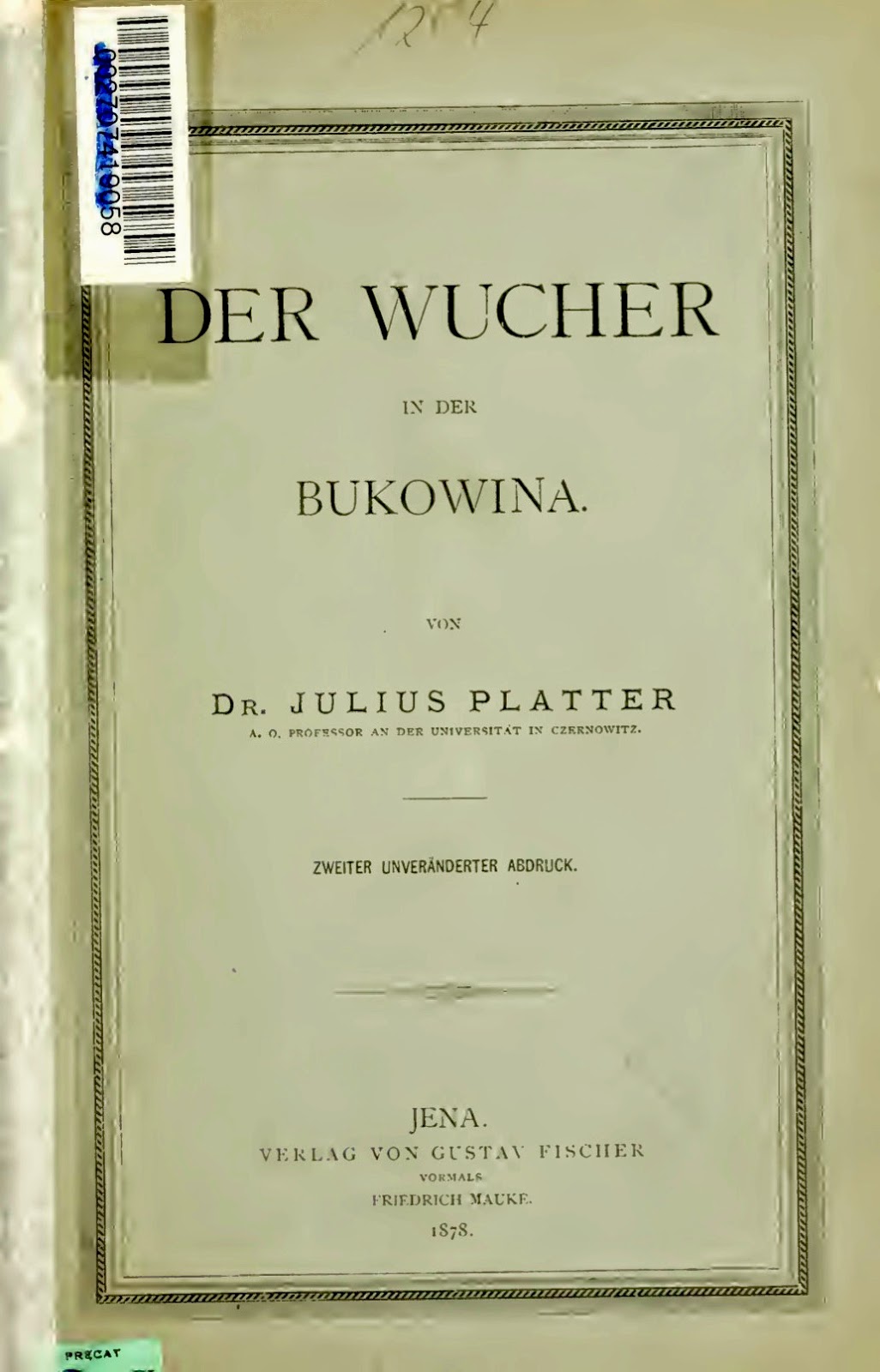- A Reason to Remember the Jewish Cemeteries [7]
- The Jewish Cemeteries - A Look Upon Reality - Photos [18]
- The Jewish Communities in Romania - Listing [31]
- The Jewish Cemeteries in Romania - Listing [38]
- Every Person Has a Name - Photos [49]
- Remember! - The Respect and Duty for Those Who Passed Away [52]
- Tomb Stones - Explanations of the Inscriptions [60]
- Tomb Stones - Photos [72]
- Prayers - Kadish tatom, El male rahamim, Izkor [79]
- Glossary - Romanian [84]
- Responsability and Duty - Thinking the Future [94]
- FEDROM Appeal [102]
Courtesy: FEDROM Federation of Jewish Communities of Romania




